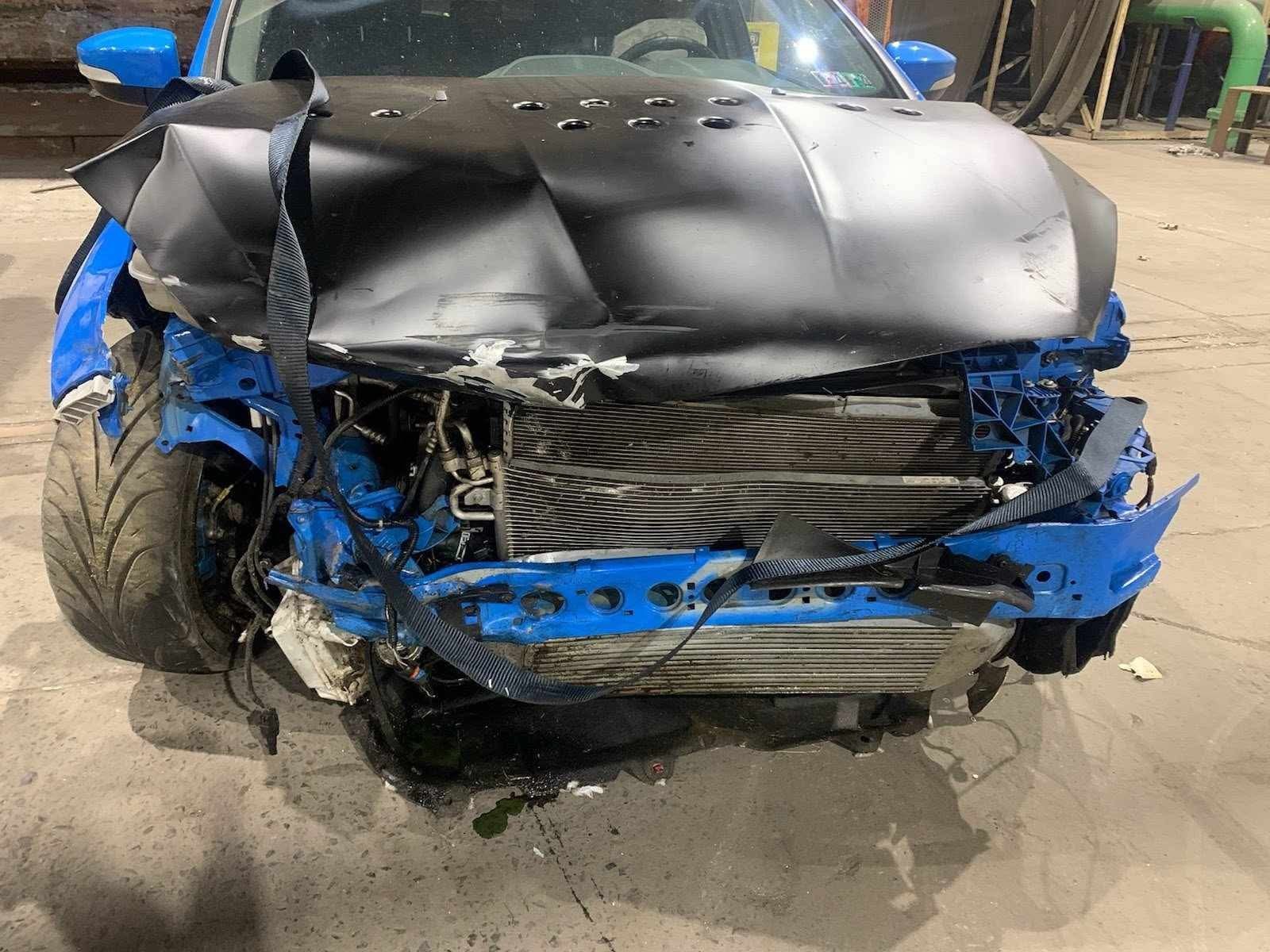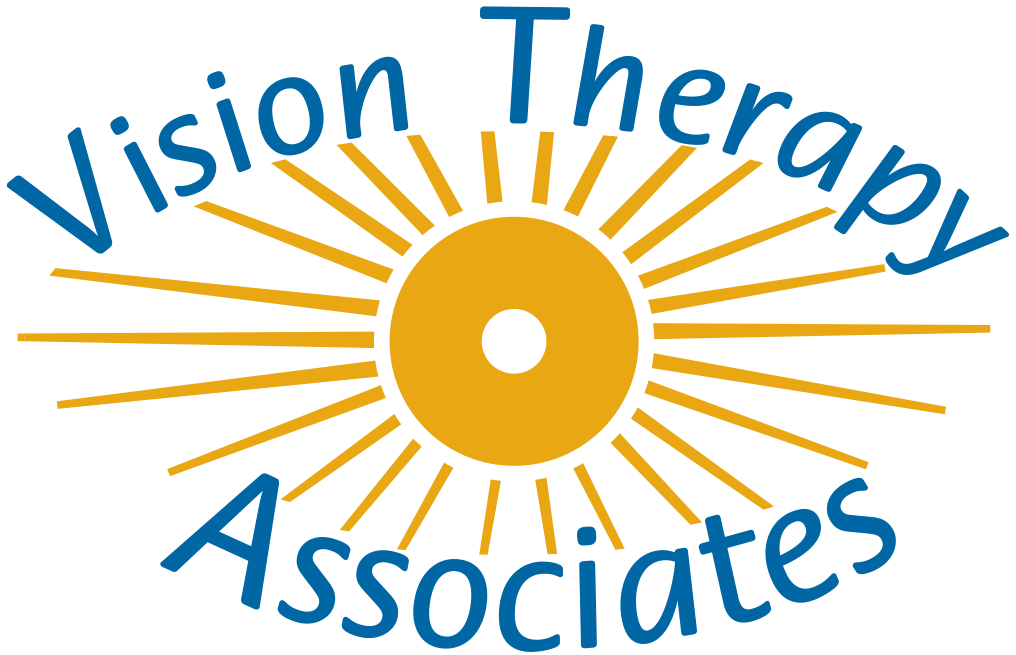Brain Injuries/Concussion and Vision
Neuroscientists estimate that 70% of the cells in the brain have something to do with vision. So, it is not surprising that 70% of people who suffer a brain injury have visual symptoms. In fact, blurry vision, double vision, and light sensitivity are among the top symptoms of a concussion.
The brain is responsible for coordinating how the eyes move, focus, and work together as a team. Disruption of the brain’s pathways to eye teaming, eye movements, and focusing can result in double vision, distorted or delayed visual processing, headaches, loss of place with reading, dizziness, and difficulty with depth perception and balance.
After a concussion, the body decreases the blood flow to the brain to prevent swelling, which could cause more serious damage to the brain or possibly even death. This occurs at the same time that there is an increase in demand for more energy to repair the damage, resulting in an energy crisis in the brain. This is why a person feels sleepy after a concussion and why we recommend a period of rest in a quiet environment with low stimulation immediately afterward. To prevent further damage to the brain, it is critical to observe a slow and careful return to activity following this initial rest period.


The energy crisis in the brain following a concussion is the reason for difficulty forming new memories (short-term memory deficits), brain fog, difficulty concentrating, and feeling overwhelmed in crowded, busy environments such as when shopping, or attending church and family gatherings. It is also why pushing to exhaustion will prolong the symptoms and length of time for the brain to heal. If you continue to go to the point of exhaustion, there is no fuel left over at the end of the day for the healing process.
Besides disrupting the coordination of the eyes, concussions can also disrupt visual processing, especially visual memory, and visualization. This can impact short-term memory, planning, organization, reading comprehension, and speed of processing.
If symptoms persist after the initial rest period, a professional evaluation is recommended to help guide rehabilitation and return to normal activity levels. Prioritizing, pacing, and planning of daily activities is critical in recovering from a concussion, as are the following conditions for optimum brain healing.
1. Rest/Sleep
• Strive for at least 7 hours of rest in a horizontal position
• Avoid screen time 2 hours before bed
• Stick to a consistent time to go to bed and to rise in the morning
• Prioritize, plan, and pace your activities in order to avoid exhaustion
2. Nutrition
• Follow the anti-inflammatory diet
• Lean meat and lots of fruits and vegetables
• Avoid sugar, dairy, red meats, processed foods, alcohol, and caffeine
• Drink plenty of water (no sugary, caffeinated drinks)
3. Stress Management
• Do what makes you calm
• Go for a walk
• Spend time with pets
• Create arts and crafts
• Listen to or play music
4. Exercise
• Start gradually after symptoms are no longer present at rest
• Limit activity so as not to exacerbate symptoms
5. Cognitive Challenges
• Reading
• Puzzles and games
• Sudoku
• Cross Word Puzzles
• Word Searches
• Memorize Poetry
• Therapy
In addition to disruption in the wiring of the brain for eye coordination, and the energy crisis in the brain, concussions also cause many people to get stuck in the fight-or-flight response. Common signs and symptoms of being stuck in this sympathetic nervous system response are:
- Easily startled or reactive
- Rapid heart rate
- Tense or shaky muscles
- Digestive issues including nausea
- Headache or dizziness
- Blurred or tunnel vision
- Difficulty concentrating
- Mental confusion
- Anxiety, irritability, impatience
- Weakened immune system
We can rebalance the system by striving for activities which create calmness such as:
- Breathing exercises
- Exercise
- Engaging in the creative process with art, music, writing, dance
- Meditation
- Mindfulness
- Spending time with loved ones including pets
- Spending time in nature
One of the easiest ways to restore calmness to the nervous system is the Calming Breath.
Calming Breath
Emphasizing your exhalation (breathing out) rather than your inhalation (breathing in) acts to calm your nervous system. Quick, sharp breaths in, like when you are startled, causes arousal of the fight-or-flight reaction. Noisy, slow breaths out, like when you relax, causes relaxation, and calmness. Calmness puts you in the state where you can heal.
1. Exhale thru your rounded mouth, making a noise as you do.
2. Exhale a little more, to get all of the air out that you can. Feel your diaphragm work by squeezing out all of the air from below your belt.
3. Let the inhale come on its own. Avoid raising your rib cage, just let your lungs fill. Again, feel your diaphragm working.
4. Repeat 3 to 5 times.
Do this simple, yet powerful exercise several times throughout the day especially when you need to feel calm, or before bed. Practice every day. Feel the calm!
Our role at Vision Therapy Associates is to help rebuild the pathways for better eye coordination (teaming, focusing, and eye movements), improve the connections between vision and the other balance systems (vestibular and somatosensory), rebuild visual processing skills, and encourage activities to promote healing of the brain. We provide this through vision therapy exercises (in office as well as at home), supportive lenses (to reduce stress on the eyes and release from tunnel vision), and Syntonic Phototherapy (the use of colored light to treat tunnel vision, and promote a calm, healing state).
If you or a loved one have suffered a concussion and are still experiencing symptoms related to this concussion after 6 to 8 weeks, please return for further medical attention with your family doctor or neurologist, and have your vision checked by someone who will look at how well the brain is coordinating the eyes and processing visual information.

